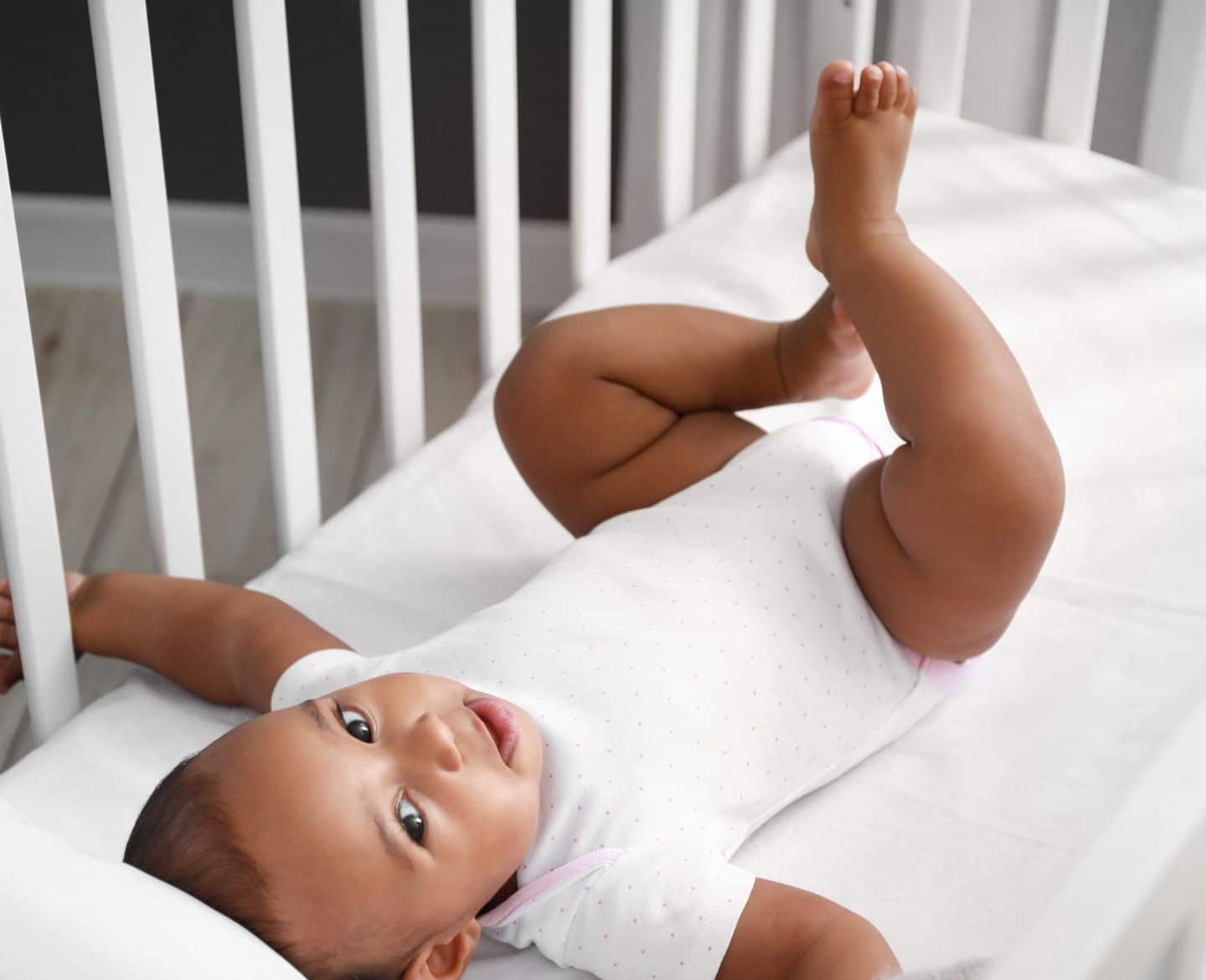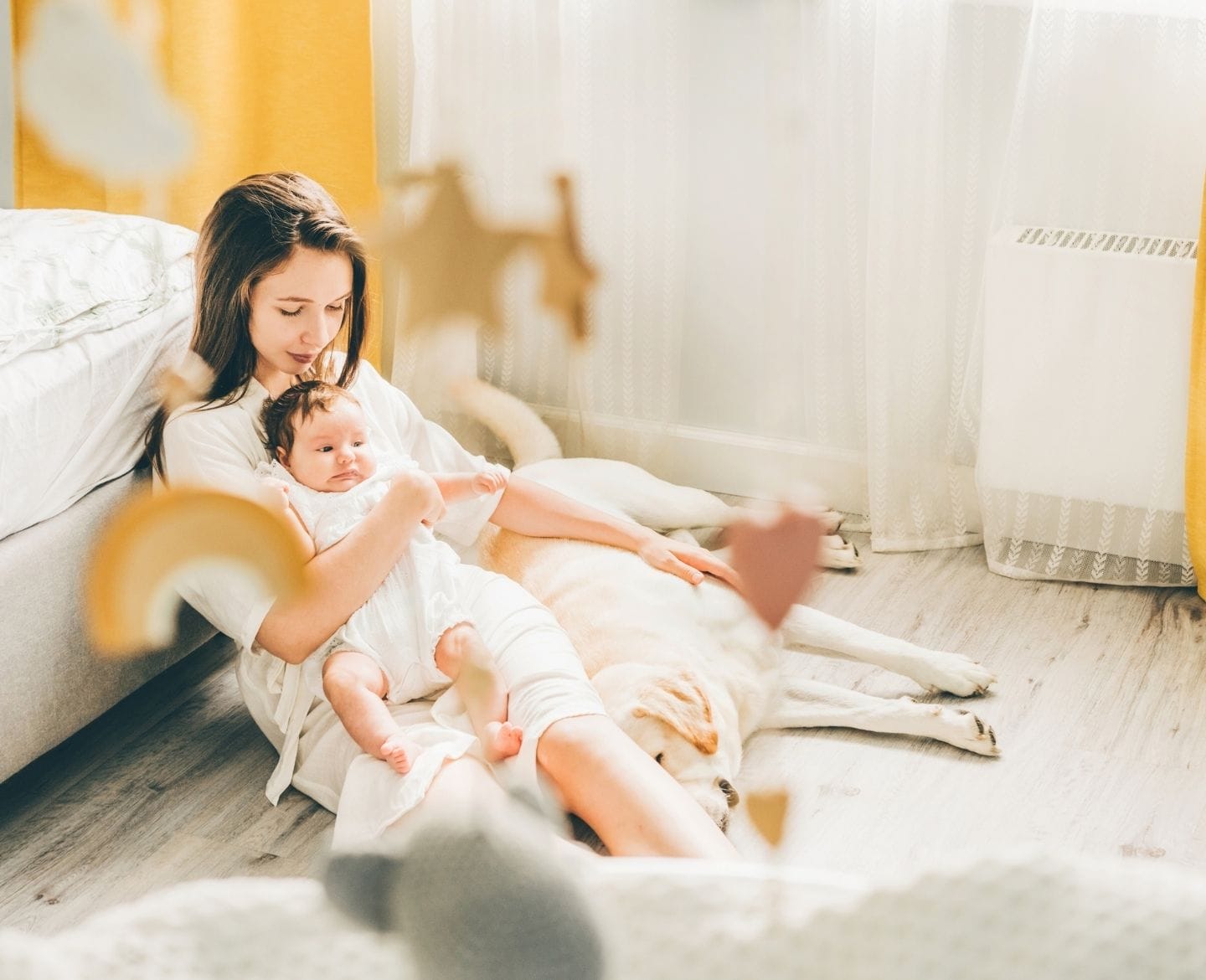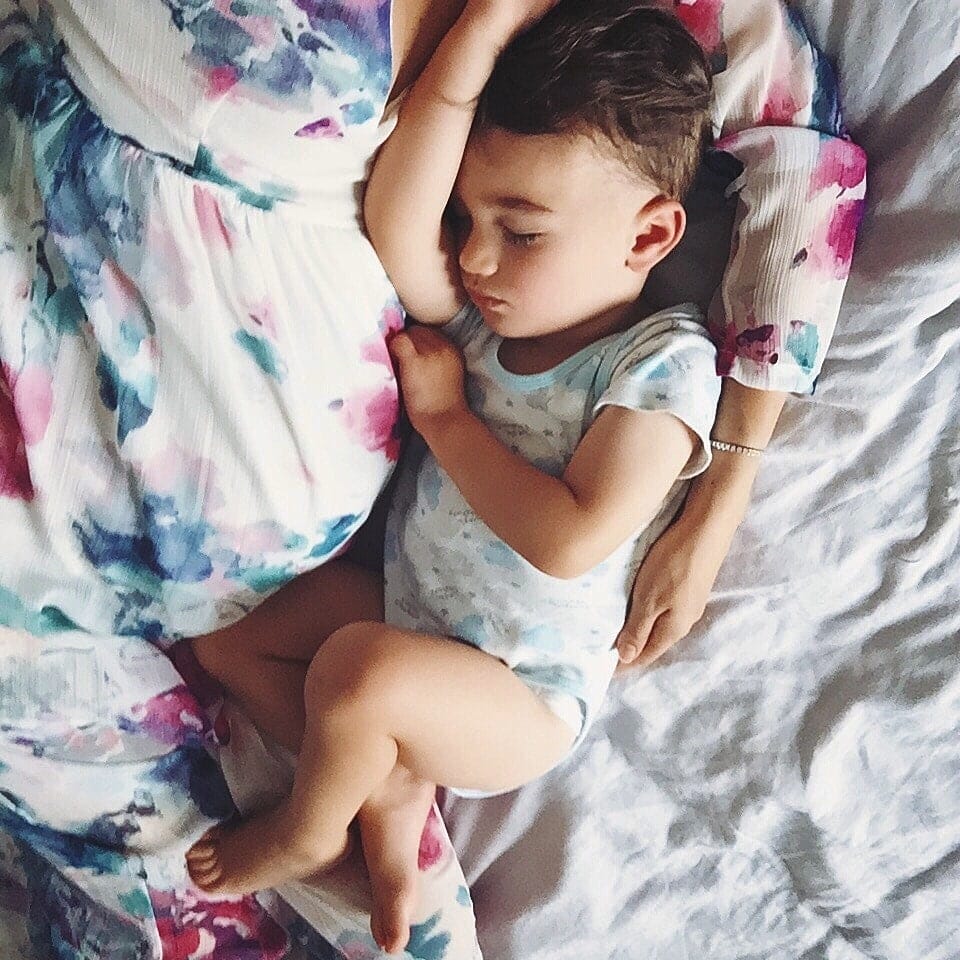Why I Share a Bed With My Baby

@SBphoto/Twenty20
One mom’s journey to co-sleep safely.
I’m a classic overachiever. So as a mom, like in many other areas of my life, I was determined to do everything “right.” I had read an incredible amount of information on baby’s “fourth trimester” and knew all about co-sleeping and SIDS and the risk factors associated with it. We were even gifted a beautiful wooden bassinet at our shower, so I was all set to fulfill the expert’s recommendations that baby sleep in the same room, but not in the same bed. What no one had taught me is how you actually get the kid to sleep in the damn thing.
Our daughter basically refused to sleep anywhere but in our arms. We would stay up for hours, one of us rocking and singing the baby to sleep while the other laid on the mattress of her bassinet to warm it up and “make it smell like us.” She would doze off; we’d do that weird rocking/patting/squatting motion to lay her down, leave a hand on her, and her eyes would pop right open. Or she’d stay asleep, and we’d lay down, exhausted, only to be jolted awake 20 minutes later when she’d realize we duped her and started screaming.
Deliriously tired, I would often drowse while nursing her and wake up mortified, convinced that I had put my baby in danger by falling asleep with her in my fluffy nest of mortal peril. Unable to trust myself, I moved to our sofa, which had a firm, flat IKEA mattress, and began co-sleeping on that bare surface with her. I fully planned to live on my sofa until she was six months old—because that’s the kind of thing you come up with when you haven’t slept in six weeks.
When my husband tried to convince me to actually sleep in our bed, I went off on him, crying hysterically. I was so, so tired. At that point, something had to give because I was too sleep-deprived to function anymore. As guilty as I felt for falling asleep and co-sleeping with the baby, I knew that it was the only time she would sleep for more than 20 minutes, and I was desperate. So I turned to Google.
Everything that I had read on co-sleeping up until that point reinforced that I would be a terrible, unfit mother if I shared a bed with my child—that is, until I googled upon the research of Dr. James McKenna.
Dr. McKenna is the director of the Mother-Baby Behavioral Sleep Laboratory at the University of Notre Dame. His research stated that, done with certain guidelines in mind, it was not only perfectly safe to share a bed with an infant, but possibly even safer than putting them to bed in a crib.
Provided that the infant is next to a breastfeeding mother who is sober and not obese and the bed is clear of any potential hazards, co-sleeping and bed-sharing provide some important advantages:
- The mother is available to respond immediately to any changes in the baby’s breathing.
- Bed-sharing is found to double and sometimes even triple the number of breast-feedings per night — a great thing if you’re concerned about protecting your supply or encouraging a baby to gain weight. What’s more, breastfeeding around the clock is a fairly reliable method of birth control and delaying the return of Aunt Flo.
- Bed-sharing parents get more sleep! It’s much easier to check on baby when they’re in bed with you, and you can usually respond to any nighttime needs before they start screaming and get too worked up to fall asleep again (a saving grace in my house).
- Infants need to nurse at least once a night through the first year , so breastfeeding mothers enjoy more uninterrupted sleep (no getting out of bed to feed baby!)
- The baby’s system begins to synchronize with the mother’s, helping them regulate an immature arousal dynamic and potentially lowering the risk of SIDS .
Dr. McKenna was giving credence to what I had found in my experience—simply put, everyone slept better and felt safer having baby in bed. Armed with expert research, I finally committed to bringing my daughter to bed as safely as I possibly could.
There are several products designed to help parents keep their infants safely within arm’s reach. Our favorite has been the DockATot , a mini, life-raft shaped mattress that goes right in the middle of your bed. Narrow enough that it fits in a queen-sized bed with two adults comfortably, it still gives our baby enough room to lounge.
Miraculously, when our daughter goes to sleep in the DockATot, she stays asleep. Seriously, I can’t stress how big a deal this is: even when she stirs and waves her little arms in her sleep, she settles right back into slumber. The sides of the lounger are firm enough to protect baby from being squished, but low and soft enough to allow easy access for nighttime nursing. My husband loves it too—he says the sacrifice in mattress real estate is worth not having to worry about inadvertently elbowing her in the head (not that it’s happened twice or anything).
We’ve also found it kind of tough to be intimate when your baby will only sleep on you, so being able to put her down once in a while has had some pleasant side effects.
After five months of bed-sharing, I found another huge benefit—it’s lovely to wake up to a smiling baby. While people warn me constantly against letting her get used to sleeping with us, I’ve realized that it’s me, not her, that’s gotten attached to being so close. I love being able to lay a hand on her little chest as she sleeps, or feel her fingers curl around mine. My tiny daughter is already growing up too fast, so keeping her close is worth risking a few bad habits. Besides, I’ve been assured by veteran moms that she’ll be out of my bed long before college.
Whatever you decide, know that the first priorities are always baby’s safety, your sanity and whatever works for your family. Now go take a nap—you’ve earned it.
Image source.


































